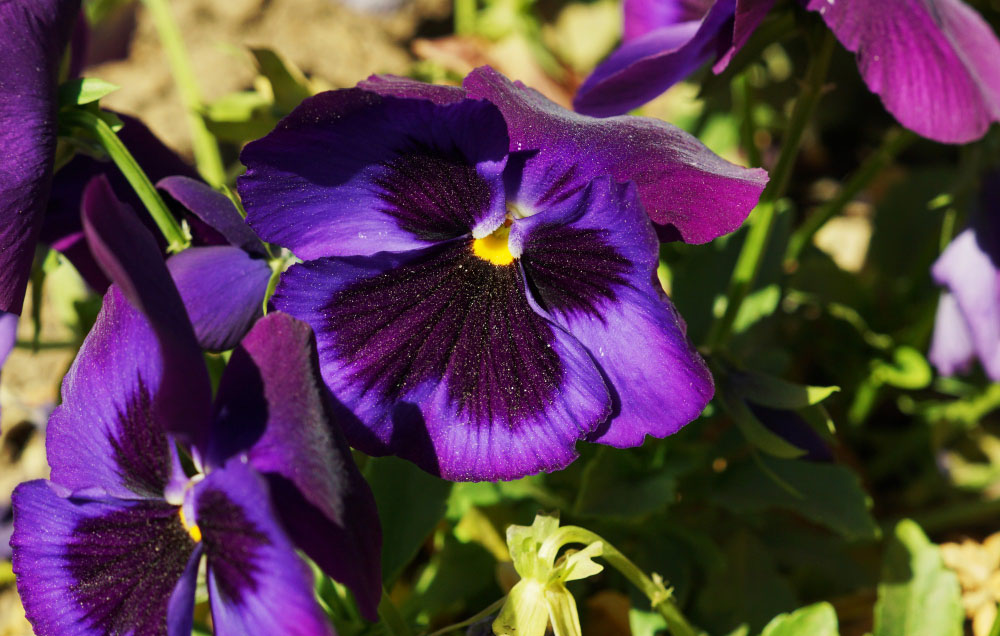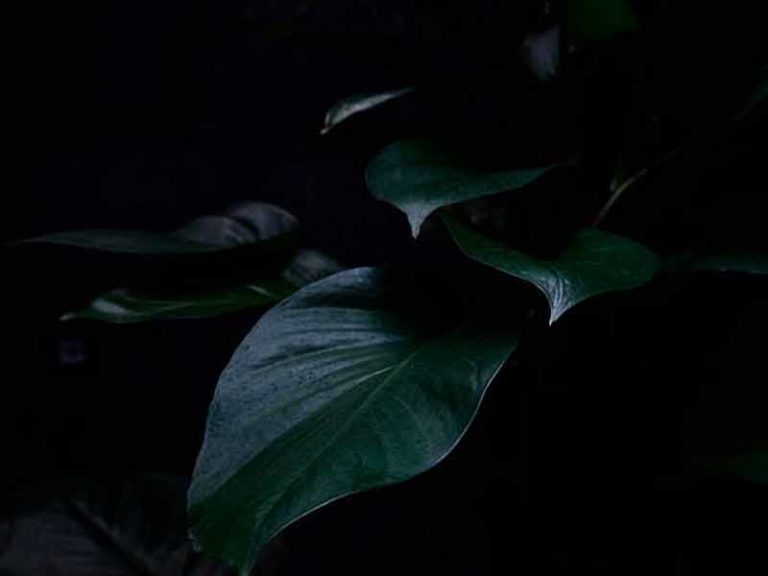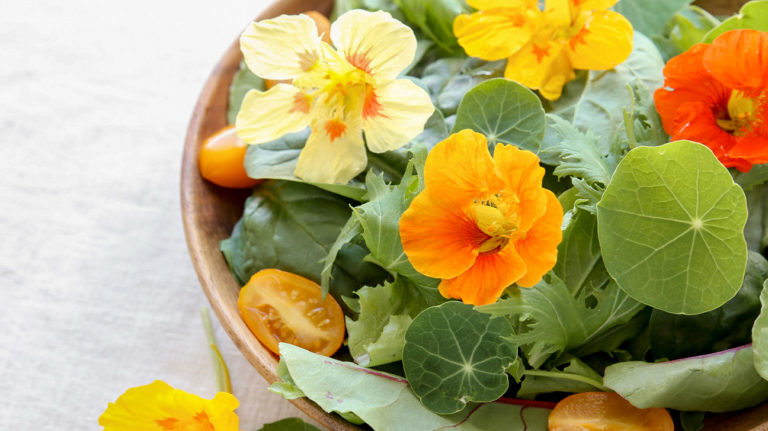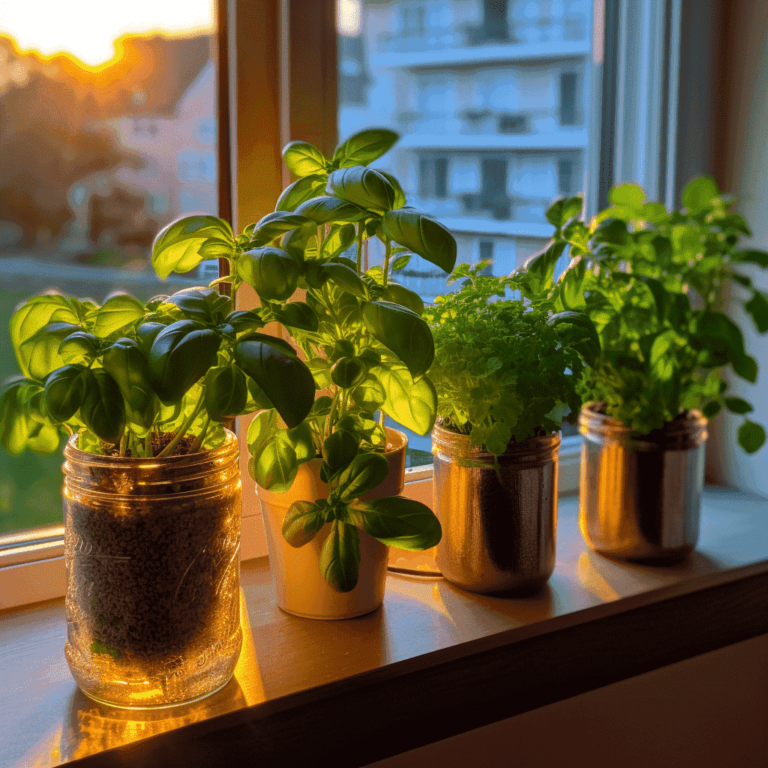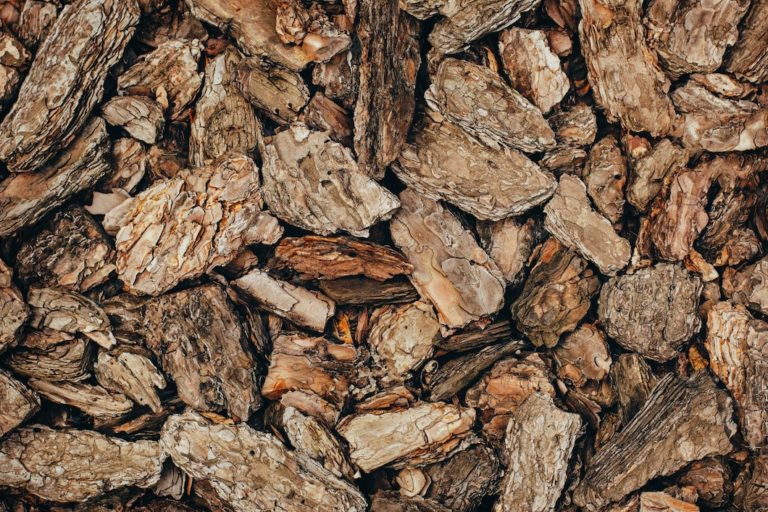How to Plant, Grow, and Care for Pansies
Pansies are small, brightly colored flowers often used as bedding plants. They are members of the Viola genus, which includes more than 500 species of annual and perennial flowering plants. Pansies are native to Europe and Asia but have been introduced to many other parts of the world.
The name “pansy” is derived from the French word “pensee,” which means “thought” or “meditation.” This is likely because pansies are often used as symbols of remembrance. The flowers are available in many colors, including white, yellow, blue, purple, and red. Pansies are relatively easy to grow and care for, making them a popular choice for home and commercial gardens.
About Pansies
Pansies are annual flowers that complete their life cycle in one growing season. This is in contrast to perennial flowers, which live for multiple seasons. Pansies are typically planted in the spring, and they will bloom throughout the summer months before dying off in the fall.
In some regions, pansies may be able to overwinter and rebloom the following spring, but this is not considered reliable.
Pansies are not the best choice for gardeners looking for a plant that will come back year after year. However, their cheerful blooms and ease of care make them a popular annual flower for many gardens.
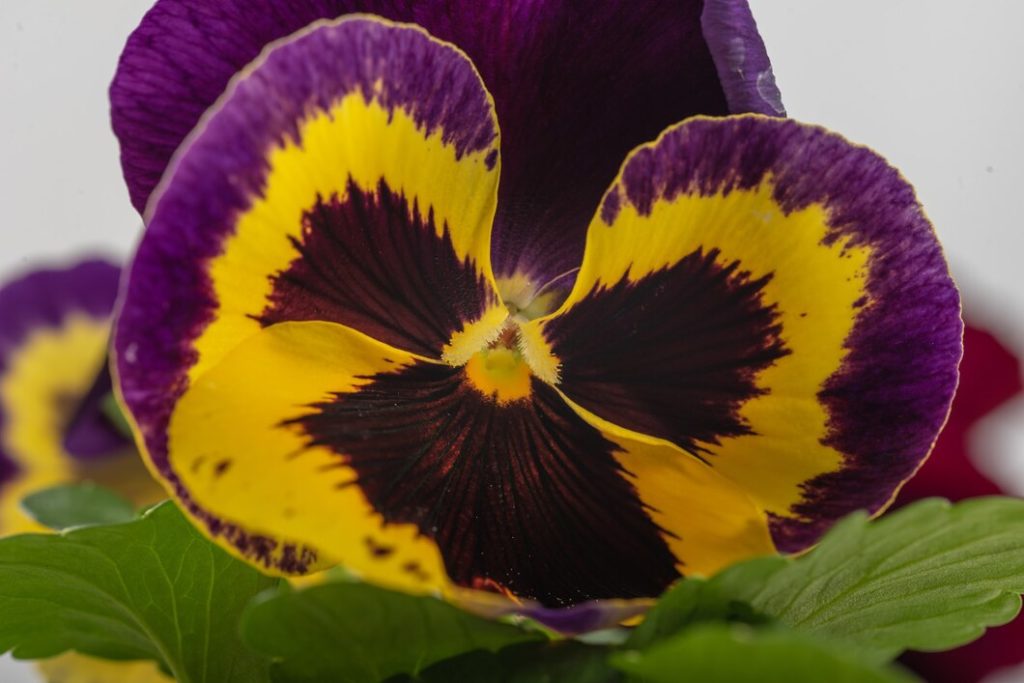
Planting
How To Grow Pansy From Seed
- Get a pot and some soil
- Fill the pot with soil to about an inch below the top
- Sow the pansy seeds on the surface of the soil and then cover them with a thin layer of soil
- Water your newly planted seeds regularly, keeping the soil moist but not wet
- Once your plants have grown big enough, transplant them into your garden or another pot
- Enjoy your beautiful pansies (and maybe eat them)!
When to Plant Pansies
Many gardeners planted pansies during the fall so that they would have color in their gardens throughout the winter. However, pansies can also be planted in late winter or early spring. Pansies need at least six hours of sunlight each day, so they should be planted in an area that receives full sun.
The key is to wait until the average nighttime temperatures are above freezing. With proper care, pansies will continue to bloom until the summer heat arrives. After that, they can be replaced with annuals that thrive in higher temperatures.
Where To Plant Pansies?
When planting pansies, choosing a location that receives full sun or only light shade is essential. Pansies will also do well in most soil types, although they may need supplemental fertilizer if the soil is poor. Once you have chosen a location, it is time to plant your pansies.
If you are planting them in a garden bed, dig a hole twice as wide as the root ball. If you are planting them in a container, make sure the container has drainage holes and use a quality potting mix. Once you have planted your pansies, water them thoroughly and then apply a layer of mulch to help keep the roots cool and moist.
Can You Grow Pansies In Pots?
Yes! Pansies are relatively easy to care for and only need to be watered when the soil is dry. However, they do benefit from being fertilized every few weeks. If you live in a colder climate, you can plant pansies in pots and bring them indoors during the winter.
How to Care for Pansies?
Although they are often seen as annuals, pansies are perennials that can come back year after year with the proper care. Here are some tips on how to care for your pansies:
Pansies need six to eight hours of direct sunlight each day, so choose a spot in your garden that gets plenty of sun. They also prefer well-drained soil, so be sure to amend your soil with compost or sand if it tends to retain water. When planting, space pansies 12-18 inches apart so they have room to grow.
To keep your pansies blooming all season long, deadhead flowers regularly. This means removing the faded flowers from the plant so that the plant can focus its energy on producing new ones. Pansies will also benefit from occasional fertilization; use a fertilizer specially formulated for flowering plants according to package directions.
Can You Eat Pansies?
Yes, they are one of many edible flowers! They have a mild minty flavor and make for a lovely edible flourish on a salad or dessert.
10 Beautiful and Delicious Edible Flowers You Can Grow in Your Garden
If you’re looking to add a touch of elegance to your next meal or want to try something new, fresh edible flowers are the way to go.
Related Posts:

